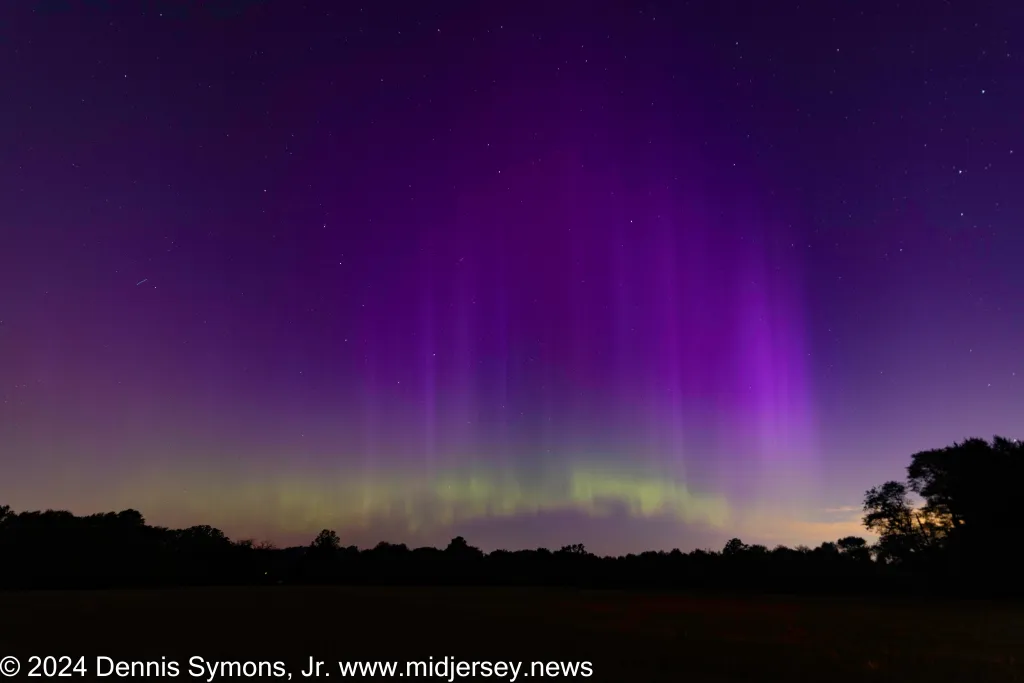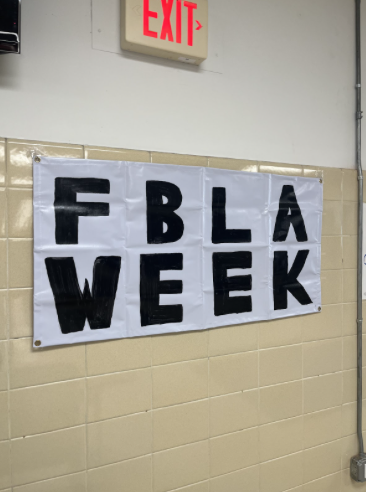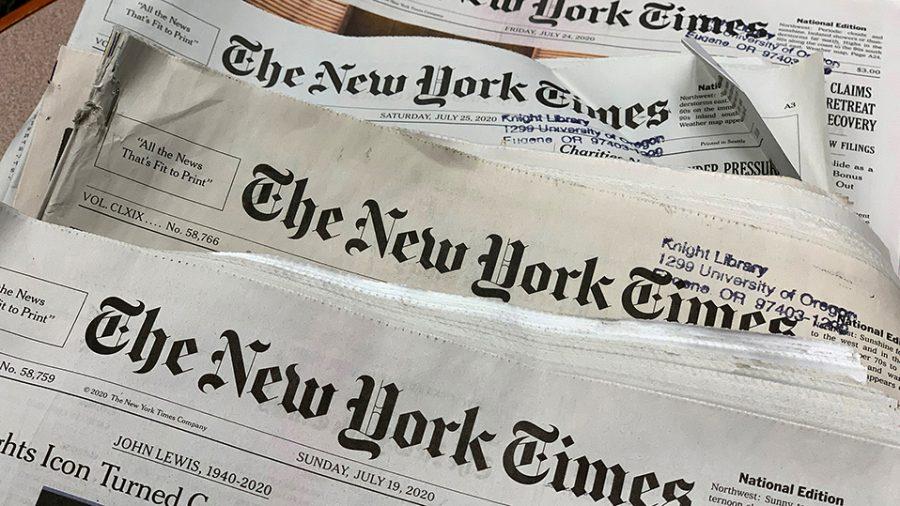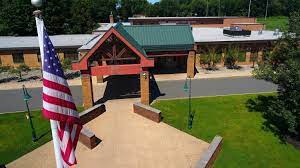Eight months after Hurricane Sandy closed, one of America’s most recognizable landmarks to visitors around the world, the Statue of Liberty will welcome tourists once again. The National Park Service, which operates the monument, announced on March 19 that the Statue of Liberty would reopen on Independence Day.
Hurricane Sandy, which hit the New York City metropolitan area on October 29, 2012, rendered the island virtually inaccessible. The strong winds and rough waters destroyed the ports needed for the tour boats to dock at the island. Record flooding destroyed the security screening system and the entire electrical system while powerful winds created increased concerns about the structural integrity of the statue, which has closed several times over the past decade for structural concerns. The statue itself sustained little to no damage, with the island and its facilities suffering the most damage.
The Statue of Liberty was a gift to the United States from France in the late 1800s. It was designed by Frederic Bartholdi, and was delivered to the United States in 1886. The statue was dedicated by then New York Governor Grover Cleveland on October 28, 1886. In 1887, the government attempted to use the Statue of Liberty as a lighthouse, and transferred its operation to the United States Lighthouse Board.
Despite numerous attempts to improve visibility of the statue from the sea, the efforts failed. In 1901, the operation of the statue and Liberty Island moved to the War Department, which would later become the Department of Defense. The statue quickly became a sign of American freedom, as immigrants who entered the United States through Ellis Island saw the Statue of Liberty as a new beginning, a beacon of freedom, and of hope.
When it was delivered, the statue was of a copper color. However, a green patina had spread throughout the statue, turning the statue completely green by 1906. Congress responded by authorizing funding for repairs, but the Army Corps of Engineers determined that the patina created a layer of protection on the statue and “made it beautiful.” The funding was instead used to install an elevator to take visitors to the top of the pedestal.
On July 30, 1916, during World War I, Germany bombed the Black Tom peninsula in Jersey City, which caused minor damage to the Statue of Liberty. Most of the damage was confined to the torch-bearing arm. The statue was closed for ten days, and required $100,000 in repairs. The torch visitors’ deck has been closed ever since.
The statue was declared a national monument in 1924 by President Calvin Coolidge. Later, in 1933, the Statue of Liberty was transferred to the National Park Service (NPS). In an effort to make the statue more accessible to the American public, the NPS set out to transform the island into a national park. It removed old buildings, built granite steps, and restored the interior of the statue. The statue remained open during the Second World War, but it was not lit at night due to wartime blackouts. On June 6, 1944, D-Day, the lights flickered “dot-dot-dot-dash,” Morse Code for “V” for victory.
Throughout its history, the Statue of Liberty has been the site of numerous demonstrations. In 1971, anti-war activists occupied the statue for two days to protest the Vietnam War. The statue has also been home to protests on the issues of Puerto Rican independence, U.S. intervention in Grenada, and gay marriage.
The statue’s lighting system was upgraded in 1976, for the American bicentennial. Thereafter from 1984-1986, the Statue of Liberty underwent major renovations for its centennial. Major structural issues were identified, including an imminent structural failure in the arm. Studies conducted by both American and French engineers determined that the head was installed two feet off center, which led to the arm being installed incorrectly. The necessary repairs, including the replacement of large parts of the armature, were made, costing upwards of $350 million. Other improvements included upgraded lighting, which successfully illuminated the statue at night, and the addition of handicap-accessible entrances.
Following the September 11th attacks in 2001, the Statue of Liberty was closed immediately to the public. Liberty Island reopened late in 2001, but the pedestal and monument access remained restricted. The pedestal reopened in 2004, but the statue didn’t reopen, as a National Park Service investigation determined that the statue could not be effectively evacuated in the event of an emergency. This remained the case throughout the presidency of George W. Bush. On May 17, 2009, the Secretary of the Interior under the Obama Administration announced that the statue would reopen on July 4 of that year. The statue would then close for renovations in October 2011, to provide upgrades to evacuation systems and restrooms.
The statue reopened from the 2011 renovations on October 28, 2012. Just one day after this celebration, the statue was closed in anticipation of Hurricane Sandy. As Hurricane Sandy unleashed havoc on the eastern seaboard, the Statue of Liberty withstood the wicked elements, including over eight feet of flooding and winds in excess of 80 mph. On November 8, 2012, the National Park Service announced that the statue itself suffered no harm, however, both Liberty and Ellis Island suffered extensive damage. Both islands would remain closed indefinitely. Power failed on Liberty Island due to Hurricane Sandy, and an emergency generator was installed to illuminate the State of Liberty at night. After months of inspections and repairs, the Department of the Interior announced that the statue would reopen on July 4, 2013.
As millions of Americans prepare to once again greet their most beloved landmark, workers continue to prepare Liberty Island for their arrival, cleaning up from the most devastating storm to ever make impact in New York City. Lady Liberty has witnessed a great deal of history, from acts of declared war, to the collapse of another New York landmark, the World Trade Center in a terrorist attack, to a record-breaking weather occurrence, Hurricane Sandy. With one hundred and twenty-seven years of history, what will she see next?
History in the view of Lady Liberty
April 23, 2013
Donate to The Caldron
Your donation will support the student journalists of James Caldwell High School. Your contribution will allow us to purchase equipment and cover our annual website hosting costs.



































